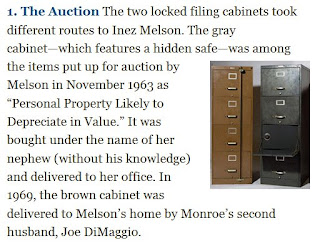A fascinating exchange, “The Promise of Digital History,” appears in the September 2008 issue of the Journal of American History. For those with a subscription, it is available from: http://www.historycooperative.org/journals/jah/95.2/interchange.html.
At the beginning, this “working definition” of digital history is provided by William G. Thomas III:
Digital history is an approach to examining and representing the past that works with the new communication technologies of the computer, the Internet network, and software systems. On one level, digital history is an open arena of scholarly production and communication, encompassing the development of new course materials and scholarly data collections. On another, it is a methodological approach framed by the hypertextual power of these technologies to make, define, query, and annotate associations in the human record of the past. To do digital history, then, is to create a framework, an ontology, through the technology for people to experience, read, and follow an argument about a historical problem.
At one point, the question is asked: “What institutional resources are needed to sustain digital history?” Surprisingly, digital preservation is not mentioned, although one participant, while answering another question, states:
The apparatus I developed to collect information took on a life of its own. It has required a great deal of care and feeding to keep it going, and its ultimate fate remains to be determined. Keeping it alive (technically viable) will require renewed investment in software and skills that I'm not sure is the best use of my time and resources. But if I let my database sit unused for five or ten years, odds are it (unlike a box of note cards) will be unusable.
Concerning the future of the historical record, Daniel Cohen contends: “It is now quite clear that historians will have to grapple with abundance, not scarcity.” While abundance does seem to characterize our present digital information age, there are many unanswered questions about the long-term sustainability of digital materials.




